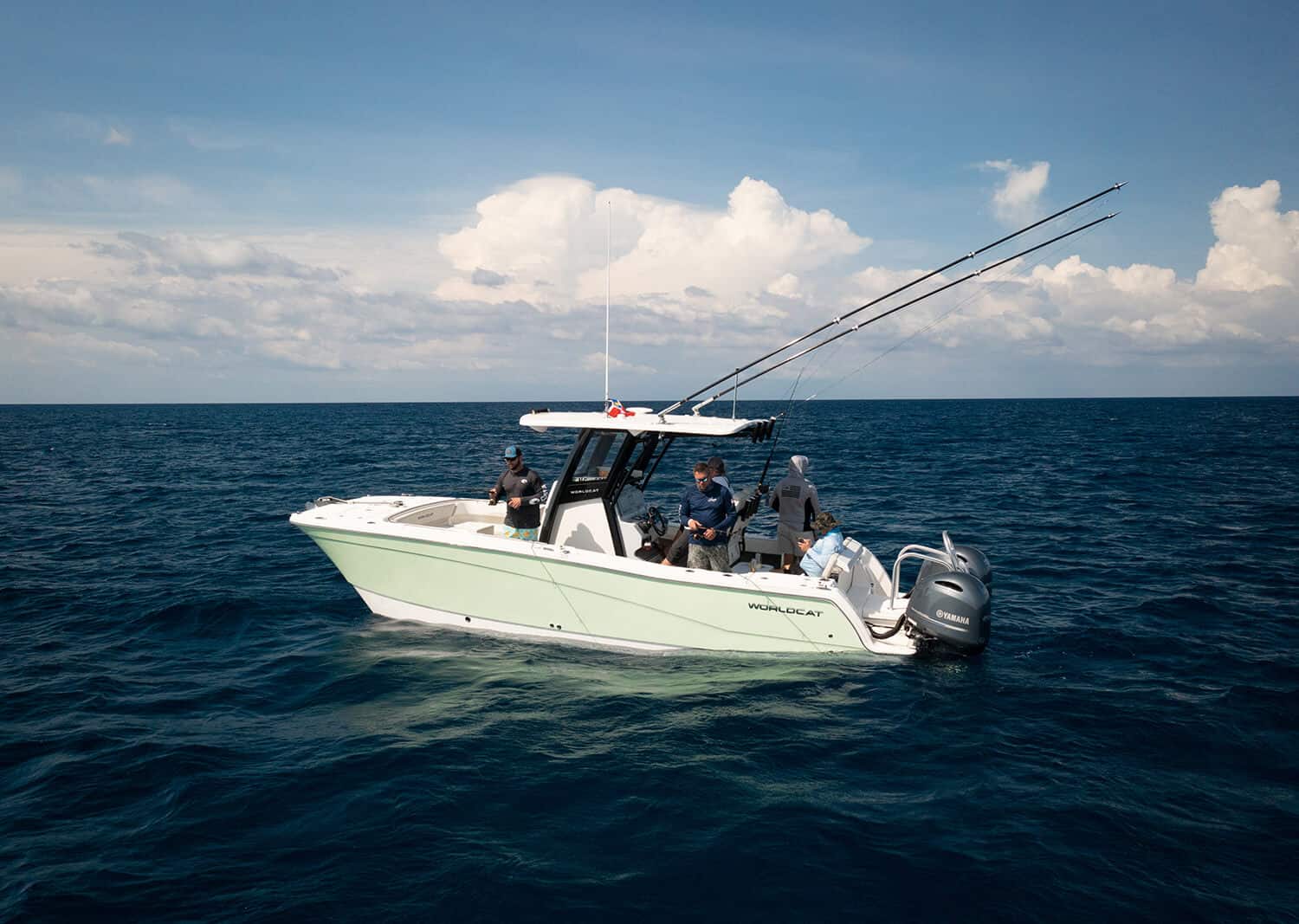World Cat catamarans stand as epitomes of stability on turbulent seas, thanks to a fusion of cutting-edge engineering and hydrodynamic principles. This article elucidates the scientific underpinnings of stability in World Cat catamaran boats, underscoring why they lead in delivering a safe and steady nautical experience.
Bifurcated Hull Design:
At the heart of a catamaran’s stability lies its twin-hull design. The bifurcated hulls of World Cat catamarans offer a broader beam, which inherently provides greater lateral stability, reducing the rocking motions typically encountered in monohulls.
Lower Center of Gravity:
Catamarans boast a lower center of gravity courtesy of their wide beam and hull design. This feature significantly mitigates the risk of capsizing, ensuring a safer and more stable voyage even amidst choppy waters.
Hydrodynamic Advancements:
The slender, elongated hulls of World Cat catamarans are hydrodynamically optimized to reduce drag and enhance buoyancy, further contributing to the vessel’s stability and smooth navigation over turbulent seas.
Distributed Buoyancy:
The buoyancy in catamarans is evenly distributed across the two hulls, ensuring a balanced floatation and superior righting moment, which is crucial for maintaining stability during adverse sea conditions.
Displacement Efficiency:
Catamarans are characterized by their ability to displace water efficiently, owing to their twin-hull design. This feature ensures a lesser tendency to plunge into waves, making the ride considerably smoother and more stable.
In conclusion, the stability offered by World Cat catamarans is a marriage of meticulous engineering and hydrodynamic excellence. These vessels are not just boats; they are floating embodiments of stability, assuring a tranquil voyage over turbulent tides. With World Cat, you are not just sailing; you are gliding over waves with scientific assurance. Sail steady, sail World Cat.

